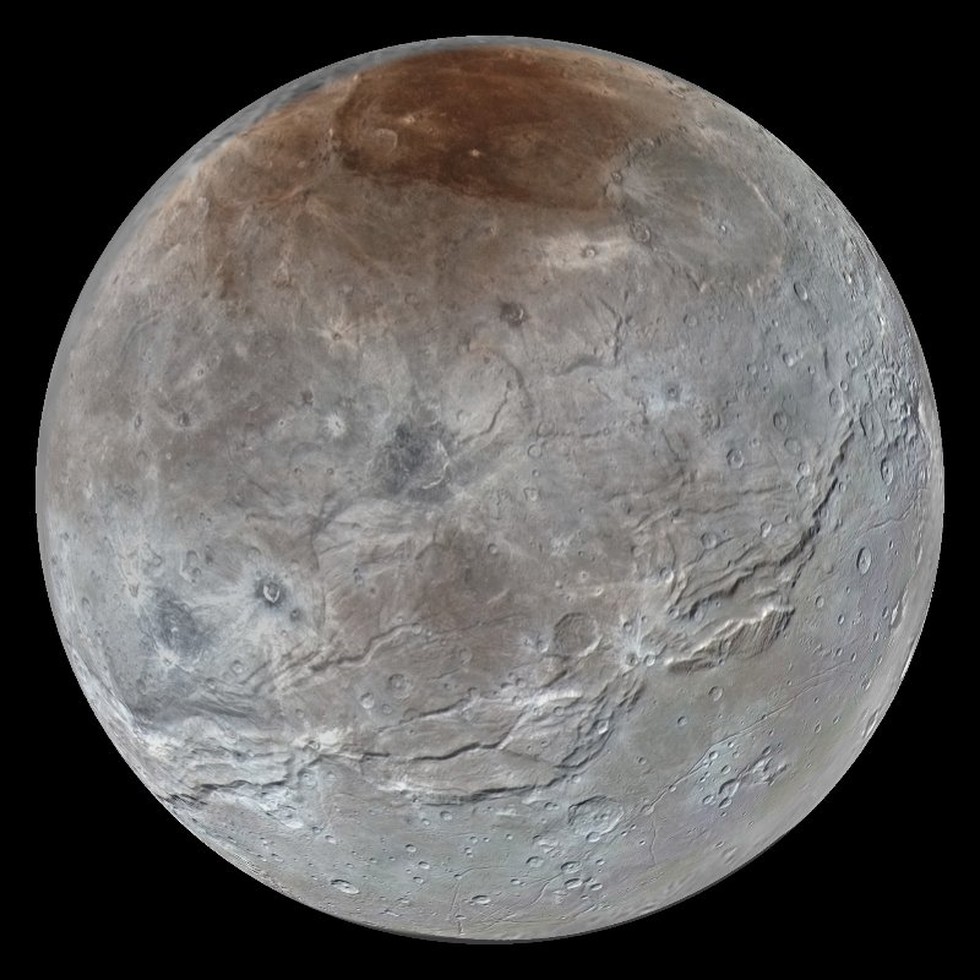
About Charon:
Scientists have detected the gases ca...
Giving relief to exporters of certain...
Without India doing a large part of t...
India has strongly rejected a report ...
The Tamil Nadu government has cleared...
Recently, nine captive-bred pygmy hog...
Recently, the Union Cabinet chaired b...
Recently, the Prime Minister’s Intern...
Recently, India has become an affilia...
Recently, the Union Cabinet chaired b...